Interpretation of Regulation R159: AI Pedestrian Detection Cameras Enhance Driving Safety
With the acceleration of urbanization and the increasing complexity of road traffic conditions, the safety of pedestrians and cyclists has become a growing concern. In response to this, the United Nations Economic Commission for Europe (UNECE) has developed Regulation R159, known as the “Moving Off Information System” (MOIS). This regulation aims to enhance vehicles’ ability to detect pedestrians through advanced technological means, thereby reducing the occurrence of traffic accidents. This article will provide a detailed interpretation of the requirements of Regulation R159 and its impact on the automotive industry.

Overview of the R159 MOIS Regulation
Due to their larger and more complex body structures, commercial vehicles face unique hazardous driving situations. For instance, trucks and buses have significant blind spots in the front and on the sides, making it difficult for drivers to see pedestrians and cyclists on the road. Additionally, when turning left or right, the large turning radius of commercial vehicles can pose dangers to pedestrians and cyclists on either side.
To address these issues, the EU’s General Safety Regulation (GSR), issued in 2019, mandates that starting from July 6, 2022, commercial vehicles (categories M2, M3, N2, and N3) must be equipped with features such as pedestrian and cyclist detection, blind spot monitoring, and reversing assistance. These measures aim to significantly enhance the safety of commercial vehicle operation and protect vulnerable road users.
The UN ECE R159 Mobile Information Systems (MOIS) Regulation came into effect on June 10, 2021. It was mandatory for new M2, M3, N2, and N3 category models from July 6, 2022, and will be mandatory for newly registered M2, M3, N2, and N3 category vehicles from July 7, 2024.
Regulatory Requirements
According to the requirements of the R159 MOIS Regulation, the system must meet the following conditions:
1. Monitoring Range
The MOIS system must monitor the vehicle’s front blind spots and be capable of operating effectively at low speeds (0 to 10 kilometers per hour) to prevent collisions with pedestrians or cyclists.
2. Applicable Vehicle Types
The regulation applies to vehicles of categories M2, M3, N2, and N3, covering a range of models from small vans to large trucks.
3. Warning Methods
When the MOIS system detects pedestrians or cyclists in front of the vehicle, it can alert the driver using visual, acoustic, tactile, or a combination of signals to ensure the driver can take timely action.
4. Detection Range
The MOIS system must have an effective detection range from 80 centimeters to 3.7 meters in front of the vehicle’s front bumper (total length of 4.5 meters). This ensures that pedestrians or cyclists can be detected even at close distances.
5. Minimum Detection Width
To cover as many pedestrians and cyclists as possible, the MOIS system’s minimum detection width is specified as 4.3 meters. This helps ensure effective detection even on wider roads.
6. Technical Implementation
To meet the above requirements, vehicle manufacturers need to employ advanced sensing technologies and algorithms to enable MOIS functionality. This may include, but is not limited to:
(1)Radar Technology: Using radar waves to detect objects in front of the vehicle, calculating the distance of objects based on the time delay of reflected waves.
(2) Camera Systems: Combining computer vision technology to identify pedestrians and cyclists by analyzing images captured by cameras.
(3)Ultrasonic Sensors: Suitable for short-range detection, especially effective for close-range obstacle detection during low-speed maneuvers.
LUVIEW JY-814 AI Camera
In response to the R158/R159 regulations, LUVIEW has recently introduced the JY-814 AI Camera. Equipped with powerful AI algorithm models, the camera features built-in menu settings to accommodate various application scenarios of the R158/R159 regulations. The JY-814 AI Camera includes pedestrian and vehicle detection capabilities and provides audible and visual warning signals to alert drivers about pedestrians and approaching vehicles from both the front and rear. The camera also supports external WiFi communication and upgrade functions, allowing users to configure the camera’s settings, including standard, mirroring, and rotation, via WiFi.
Conclusion
The establishment of the R159 MOIS regulation reflects the international community’s strong commitment to traffic safety. With advancing technology, Luview anticipates the emergence of more similar regulations in the future, further promoting the development of intelligent transportation systems and creating a safer and more efficient road traffic environment. As consumers, when choosing a new vehicle, it is also advisable to focus on whether the vehicle is equipped with systems that meet MOIS standards to ensure the safety of oneself and others.

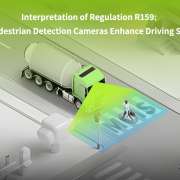




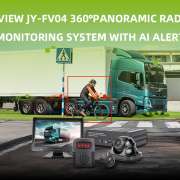
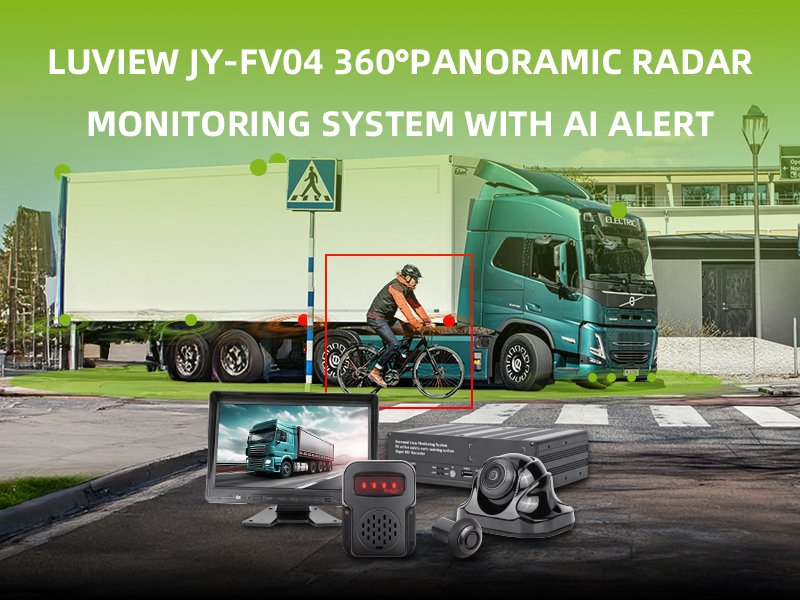 Introduction
Introduction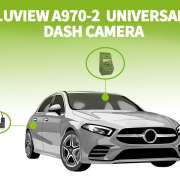
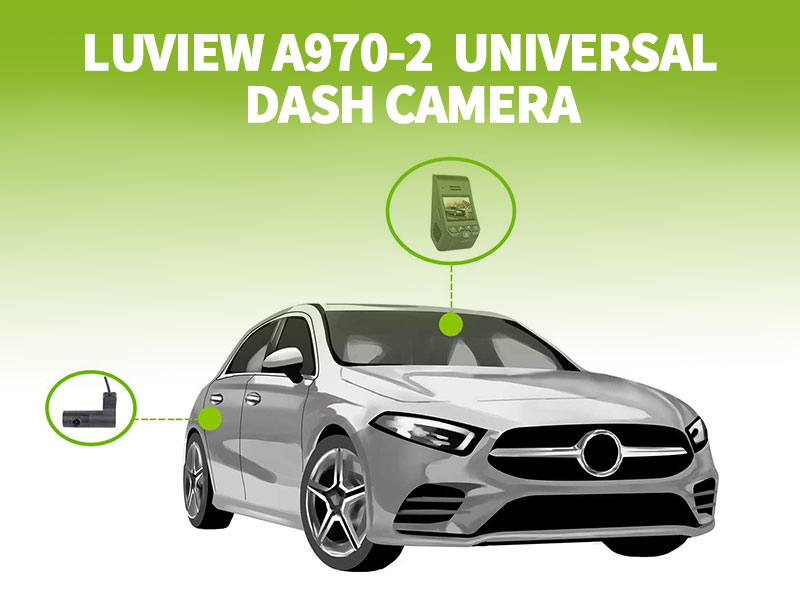 LUVIEW is introducing the new A970-2 dash cam. This dash cam integrates advanced parking monitoring, high-definition recording, and safety protection features, providing comprehensive protection for your vehicle.
LUVIEW is introducing the new A970-2 dash cam. This dash cam integrates advanced parking monitoring, high-definition recording, and safety protection features, providing comprehensive protection for your vehicle.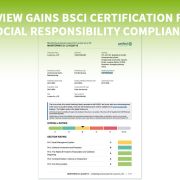
 Luview is pleased to announce that we have achieved the Business Social Compliance Initiative (BSCI) certification. This certification not only validates our commitment to social responsibility and sustainable development but also signifies our dedication to maintaining high standards.
Luview is pleased to announce that we have achieved the Business Social Compliance Initiative (BSCI) certification. This certification not only validates our commitment to social responsibility and sustainable development but also signifies our dedication to maintaining high standards.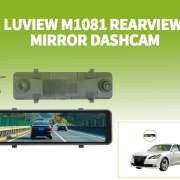
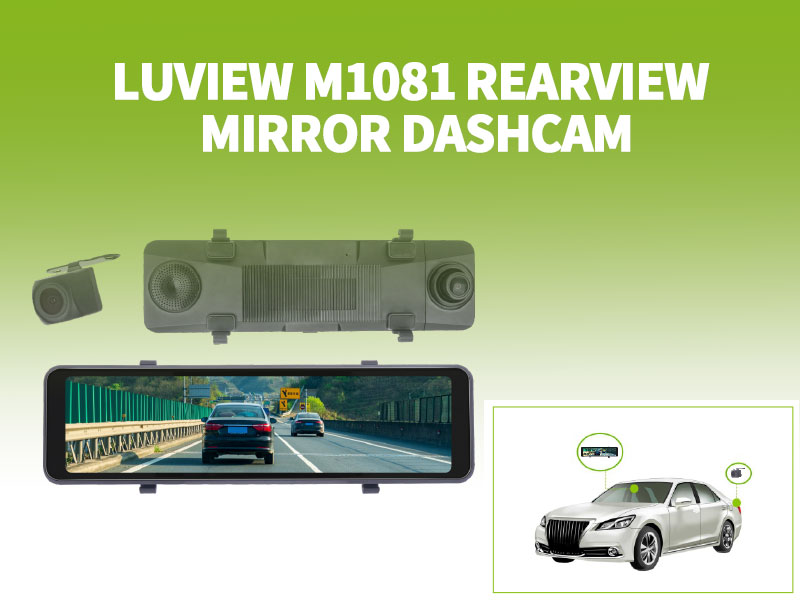 Common challenges faced by drivers include urban traffic congestion, the need for quick lane changes, parking difficulties, adverse weather conditions, unsafe nighttime driving, and large blind spots. In these situations, can traditional rearview mirrors provide sufficient visibility and safety assurance? Does this increase the risk for drivers?
Common challenges faced by drivers include urban traffic congestion, the need for quick lane changes, parking difficulties, adverse weather conditions, unsafe nighttime driving, and large blind spots. In these situations, can traditional rearview mirrors provide sufficient visibility and safety assurance? Does this increase the risk for drivers?
















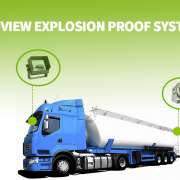
 In modern industry and transportation sectors, safety is always a top priority. In flammable, explosive, and hazardous environments, the application of explosion-proof systems is particularly crucial. These environments include scenarios such as oil tankers, natural gas vehicles, fire trucks, military vehicles, ships, and other places where explosion risks exist. Explosion-proof camera systems primarily address the issue of blind spots faced by drivers in such hazardous environments.
In modern industry and transportation sectors, safety is always a top priority. In flammable, explosive, and hazardous environments, the application of explosion-proof systems is particularly crucial. These environments include scenarios such as oil tankers, natural gas vehicles, fire trucks, military vehicles, ships, and other places where explosion risks exist. Explosion-proof camera systems primarily address the issue of blind spots faced by drivers in such hazardous environments.



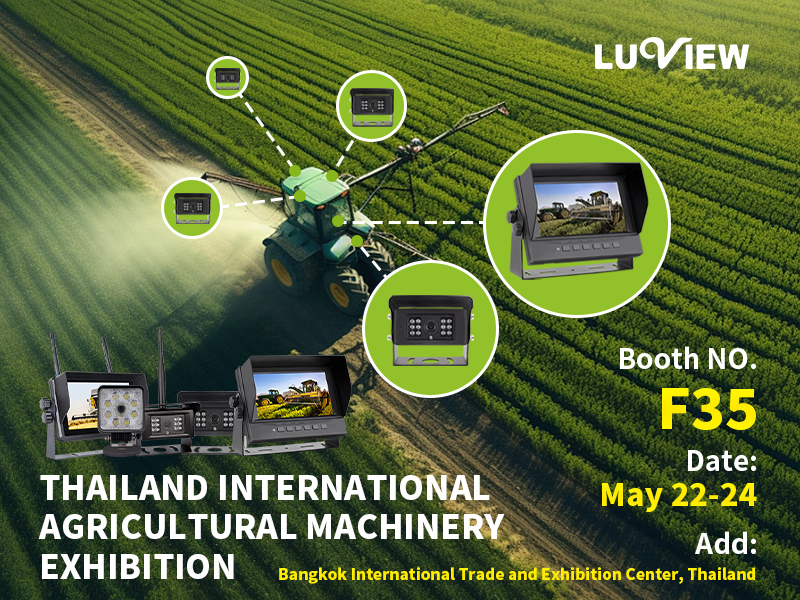 AGRITECHNICA ASIA is a platform in Thailand that gathers global agricultural machinery and agricultural technology solutions. This exhibition attracts exhibitors and visitors from around the world, providing agricultural professionals with opportunities to explore advanced agricultural machinery and technologies, facilitating exchanges and collaborations. The aim is to enhance the efficiency and quality of agricultural production. The exhibition will take place from May 22nd to 24th. As an expert in agricultural solutions, Luview will bring a series of latest agricultural machinery efficiency solutions and automotive safety rearview camera systems to engage in discussions and exchanges with exhibitors and visitors from around the world for three days.
AGRITECHNICA ASIA is a platform in Thailand that gathers global agricultural machinery and agricultural technology solutions. This exhibition attracts exhibitors and visitors from around the world, providing agricultural professionals with opportunities to explore advanced agricultural machinery and technologies, facilitating exchanges and collaborations. The aim is to enhance the efficiency and quality of agricultural production. The exhibition will take place from May 22nd to 24th. As an expert in agricultural solutions, Luview will bring a series of latest agricultural machinery efficiency solutions and automotive safety rearview camera systems to engage in discussions and exchanges with exhibitors and visitors from around the world for three days.